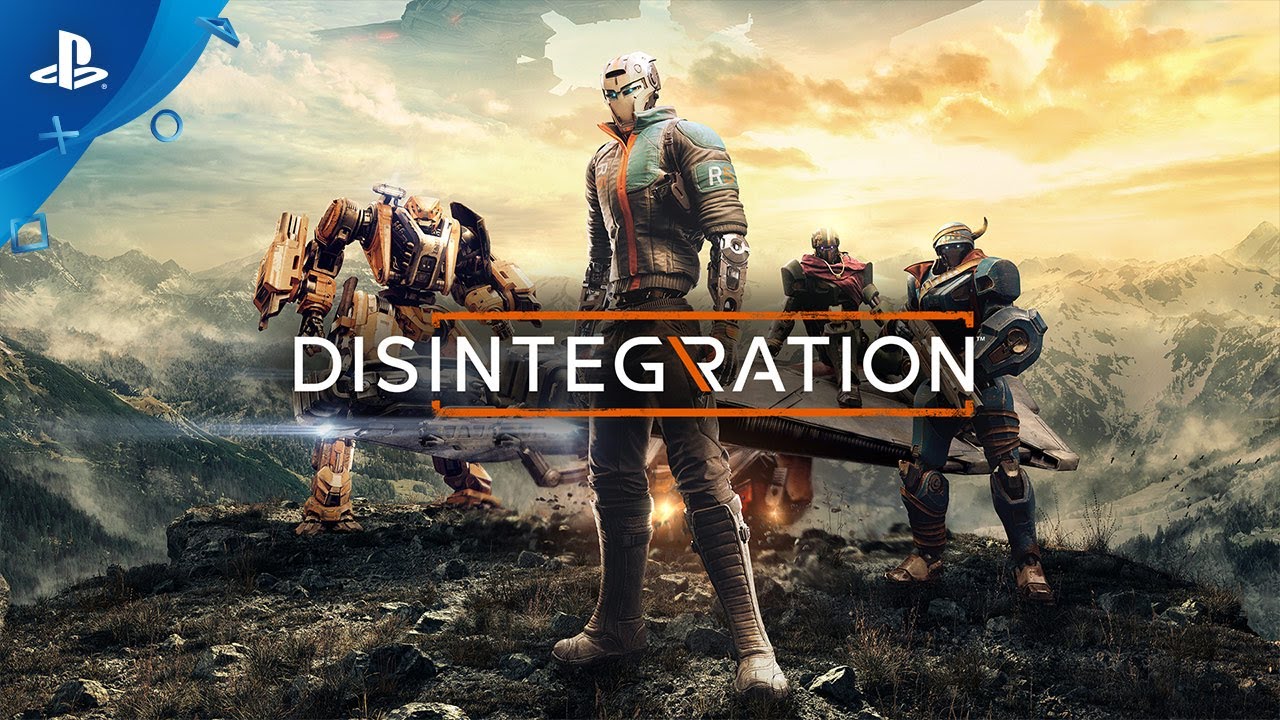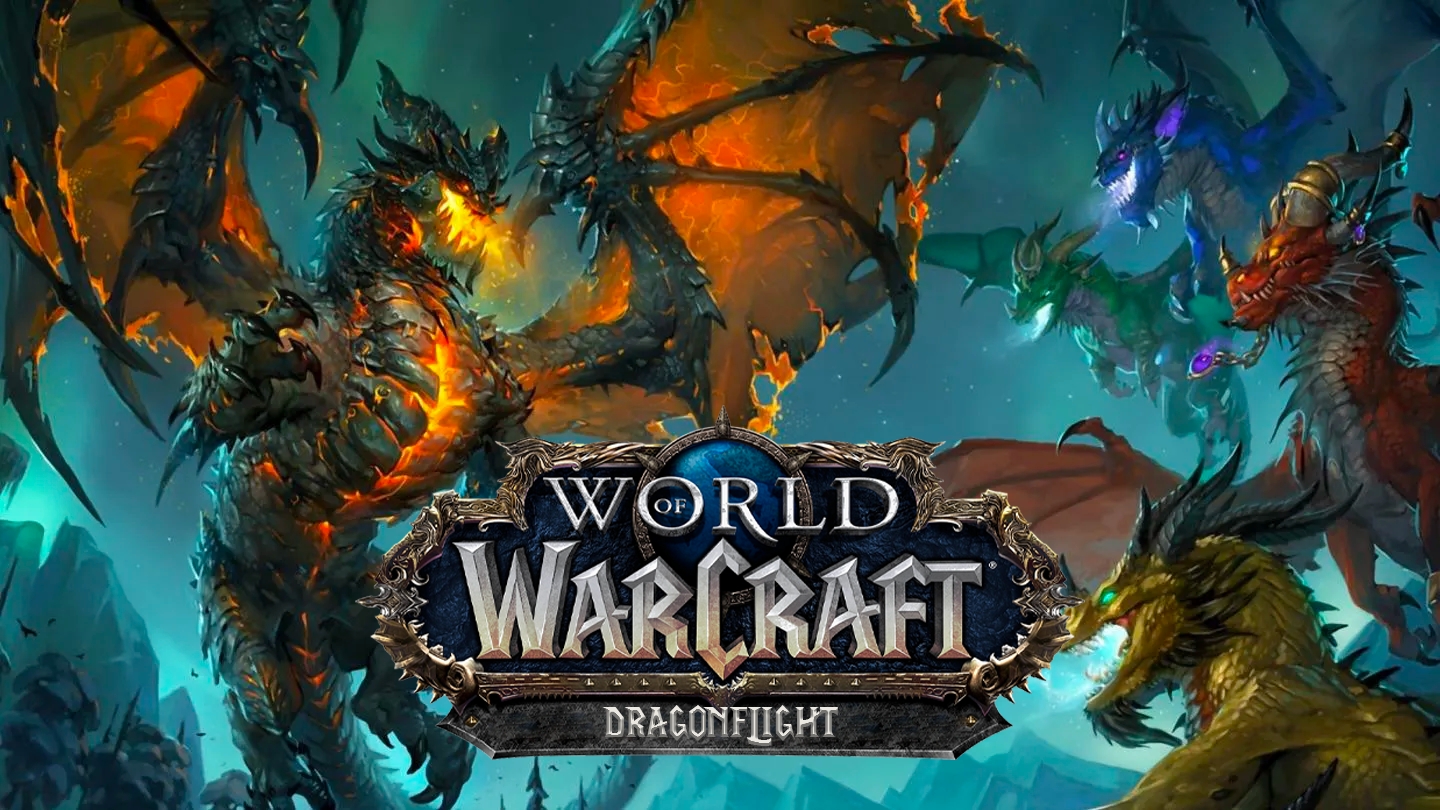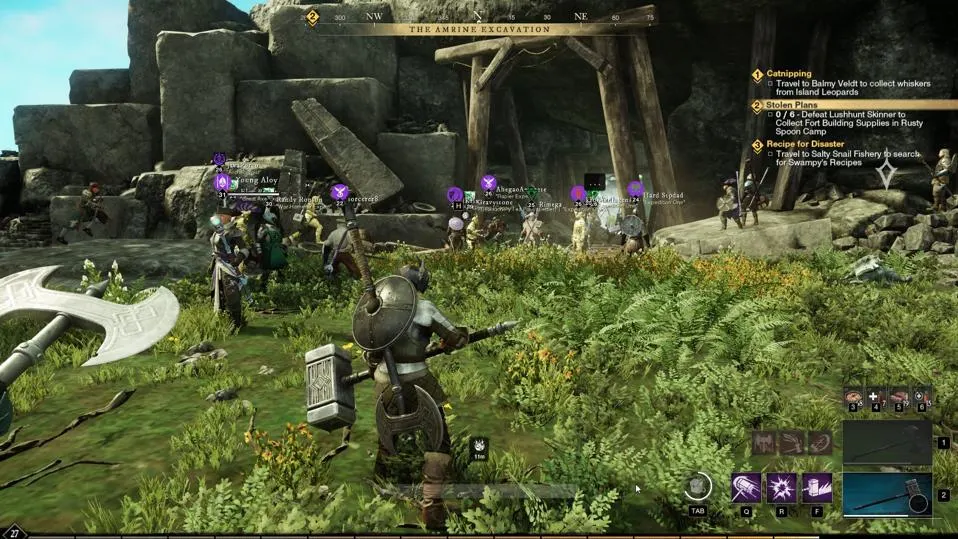Introduction
Disintegration is a unique entry in the world of video games, blending first-person shooter (FPS) mechanics with real-time strategy (RTS) elements. Developed by V1 Interactive and published by Private Division, the game was released in June 2020. Set in a dystopian future, Disintegration explores a new narrative and gameplay style, challenging traditional genres. This article provides an in-depth review of Disintegration, covering its gameplay mechanics, story, graphics, and overall reception.
Gameplay Mechanics and Features
The Fusion of FPS and RTS: How Disintegration Stands Out
Disintegration’s standout feature is its blend of FPS and RTS mechanics. Players control a “gravcycle,” a futuristic vehicle equipped with weaponry, while also commanding a squad of ground troops. This dual-layer gameplay provides a fresh take on strategy and action, demanding both tactical thinking and precise shooting skills.
Gravcycle Control and Combat
The gravcycle serves as the player’s primary mode of transport and weaponry. Its versatility allows players to engage enemies from a distance while maneuvering through dynamic battlefields. The controls are designed to be intuitive, making it easier for players to switch between shooting and strategic commands.
Tactical Command: Managing Your Squad
Managing your squad involves issuing commands to your ground units, such as attacking enemies, defending positions, or capturing objectives. Effective squad management is crucial, as the success of missions often hinges on strategic decisions made during combat.
Storyline and Narrative
Disintegration’s narrative is set in a future where humanity has undergone a technological transformation, leading to a society divided between those who are “integrated” (digitally enhanced) and those who are not. Players take on the role of Romer Shoal, a former integrated human leading a rebellion against the oppressive regime.
Plot Overview and Character Development
The story unfolds through a series of missions, cutscenes, and dialogue. The character development is integral to the narrative, with Romer Shoal’s personal journey intertwined with the broader conflict. The plot explores themes of identity, freedom, and resistance, providing a compelling backdrop to the gameplay.
World-Building and Setting
The game’s setting is richly detailed, depicting a world ravaged by technological advancements gone awry. The environments range from urban decay to futuristic landscapes, each contributing to the immersive experience.
Graphics and Art Style
Detailed Environments and Character Designs
Disintegration features a distinctive art style that combines futuristic elements with gritty realism. The character designs are notable for their intricate details, reflecting the game’s high-tech setting. The environments are designed to enhance the narrative, with each location contributing to the game’s overall atmosphere.
Visual Effects and Performance
The game’s visual effects, including explosions and environmental interactions, add to the immersive experience. Performance-wise, Disintegration is optimized for various platforms, though players on lower-end systems may experience reduced graphical fidelity.
Audio Design and Music
Soundtrack and Voice Acting
The soundtrack of Disintegration complements the game’s futuristic theme, featuring a blend of electronic and orchestral music. Voice acting plays a significant role in bringing the characters to life, with performances that add depth to the narrative.
Sound Effects and Environmental Audio
Sound effects, such as weapon fire and environmental sounds, are designed to enhance the immersion. The audio design contributes to the overall atmosphere, making each battle and interaction feel impactful.
Reception and Reviews
Critical Reviews and Opinions
Disintegration received mixed reviews from critics. The innovative blend of FPS and RTS mechanics was praised for its originality, but some critics felt that the execution did not fully live up to its potential. The game’s story and visual design were generally well-received, though there were criticisms regarding the balance between strategic depth and action.
Positive Highlights
- Innovative Gameplay: The combination of FPS and RTS elements was seen as a fresh approach.
- Visual Design: The game’s art style and environmental details were praised.
Criticisms and Challenges
- Gameplay Balance: Some critics felt that the strategic elements overshadowed the action.
- Replayability: Concerns were raised about the game’s long-term appeal and replay value.
Player Feedback and Community Response
Player feedback varied, with some enjoying the unique gameplay mechanics and others finding them challenging to master. The community response highlighted both the game’s creativity and its shortcomings.
Conclusion
Disintegration offers a distinctive gaming experience with its blend of FPS and RTS mechanics. While the game has its strengths, including innovative gameplay and compelling visuals, it also faces challenges related to balance and content depth. The mixed critical reception and varied player feedback highlight the game’s ambitious nature and the complexities of executing a novel concept. As players continue to explore its unique features, Disintegration remains an intriguing title in the evolving landscape of video games.
Frequently Asked Questions:-
What is Disintegration’s main gameplay style?
Disintegration combines first-person shooter (FPS) and real-time strategy (RTS) mechanics. Players control a futuristic vehicle while managing a squad of ground troops.
Who developed and published Disintegration?
The game was developed by V1 Interactive and published by Private Division.
What is the setting of Disintegration?
Disintegration is set in a dystopian future where humanity is divided between those who are digitally enhanced and those who are not.
How does the gameplay blend FPS and RTS elements?
Players use the gravcycle for combat and strategic maneuvers, while also issuing commands to a squad of ground units for tactical advantages.
What are the main criticisms of Disintegration?
Criticisms include a perceived imbalance between FPS and RTS elements, a steep learning curve, and concerns about replayability.



